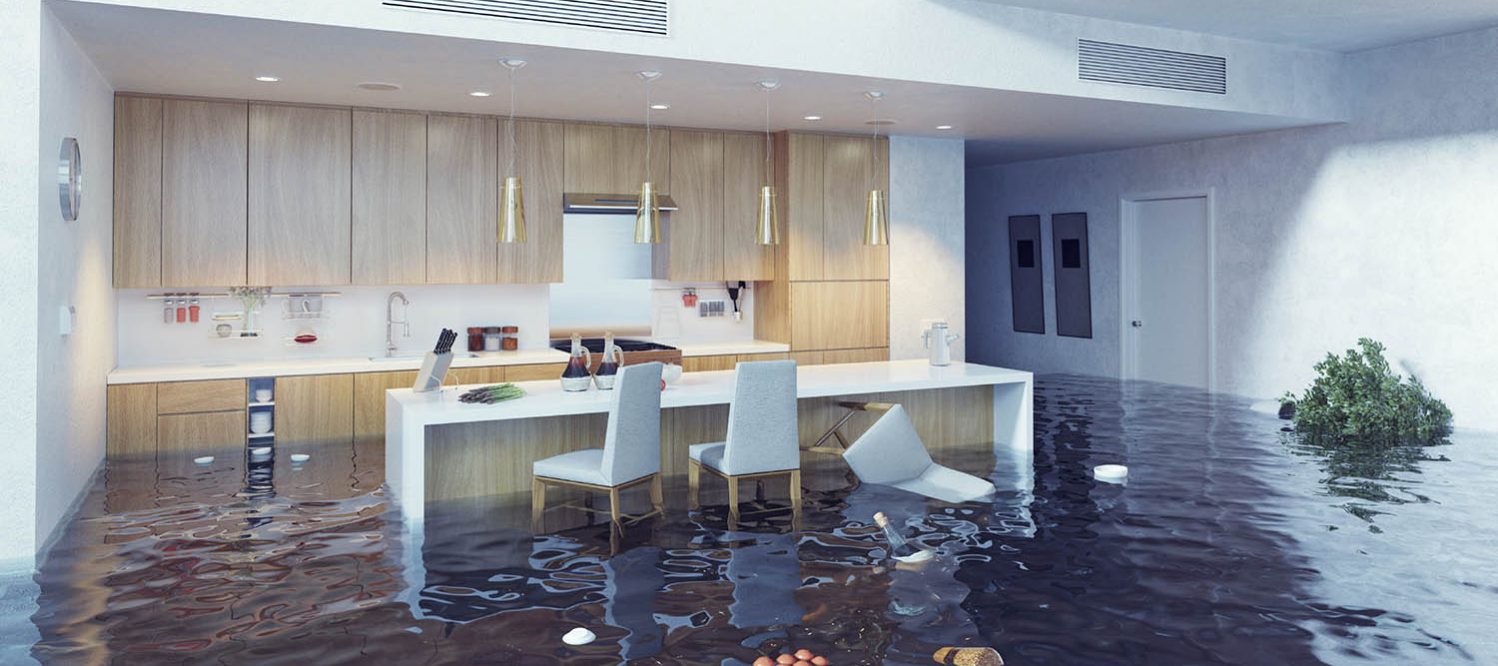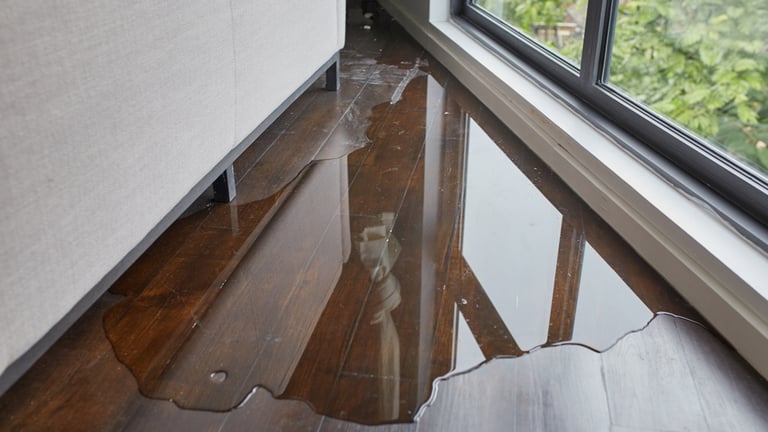6 Water Damage Repair Do's as well as Don'ts.
6 Water Damage Repair Do's as well as Don'ts.
Blog Article
This post down below about Ways to Reduce The Risk Of Fire And Water Damage is fairly interesting. Read on and make your own personal final thoughts.

Water provides life, water invasion on components where it's not intended to be can result in damage. It can peel off away surfaces as well as wear down the structure if the water saturates into your structure. Mold and mildew also thrive in a damp environment, which can be hazardous for your health. Homes with water damage smell mildewy as well as old.
Water can come from many resources such as hurricanes, floods, ruptured pipelines, leaks, as well as sewer issues. In case you experience water damages, it would certainly be excellent to understand some safety and security precautions. Here are a few guidelines on how to manage water damages.
Do Prioritize House Insurance Policy Protection
Water damage from flooding as a result of hefty winds is seasonal. Nevertheless, you can likewise experience a sudden flood when a defective pipe instantly breaks into your home. It would be best to have home insurance coverage that covers both disasters such as all-natural disasters, and emergency situations like broken plumbing.
Don't Forget to Switch Off Energies
In the event of a catastrophe, particularly if you live in a flood-prone location, it would be advisable to shut off the primary electrical circuit. This removes power to your whole home, avoiding electrical shocks when water can be found in as it is a conductor. Additionally, do not neglect to switch off the primary water line valve. When floodwaters are high, furnishings will move around and also create damage. Having the major valve shut down prevents more damage.
Do Keep Proactive and Heed Climate Alerts
Storm floodings can be extremely unpredictable. Remain ready and aggressive if there is a history of flooding in your community. If you live near a river, lake, or creek , pay attention to evacuation warnings. Take out belongings from the first stage as well as basement, after that placed them on the greatest possible degree. Doing so minimizes prospective property damages.
Don't Ignore the Roofing System
You can prevent rainfall damage if there are no openings as well as leakages in your roof. This will avoid water from flowing down your wall surfaces and soaking your ceiling.
Do Take Notice Of Little Leaks
A burst pipeline does not occur over night. Typically, there are warnings that show you have actually deteriorated pipes in your house. For instance, you might observe bubbling paint, peeling wallpaper, water streaks, water discolorations, or dripping audios behind the wall surfaces. Ultimately, this pipeline will certainly rupture. Preferably, you need to not await points to escalate. Have your plumbing fixed prior to it causes massive damage.
Don't Panic in Case of a Ruptured Pipeline
Keeping your clearheadedness is crucial in a time of crisis. Worrying will only compound the trouble due to the fact that it will suppress you from acting fast. Timing is essential when it comes to water damage. The longer you wait, the more damages you can expect. Therefore, if a pipe bursts in your home, promptly shut down your major water valve to cut off the resource. Unplug all electrical outlets in the location or turn off the circuit breaker for that part of the house. Lastly, call a trustworthy water damage reconstruction professional for help.
Water gives life, water breach on components where it's not meant to be can result in damage. Houses with water damages scent moldy and old.
Water damage from flooding fees to hefty winds is seasonal. You may discover gurgling paint, peeling off wallpaper, water streaks, water discolorations, or leaking noises behind the walls. When it comes to water damages, timing is vital.
Ask Our Experts: Do’s and Don’ts After Water Damage
What Does Water Damage Look Like?
There are three basic types of water damage:
Clean water. Clean water does not pose an immediate risk to your health. Maybe your sink overflowed, or one of your pipes burst. Both scenarios are examples of clean water damage. Grey water. Grey water likely contains potentially dangerous contaminants. If your dishwasher leaks, you are dealing with a grey water damage situation. Black water. Black water is unquestionably dirty water, and exposure to it is bad for your health. A sewage backup in your home is an example of black water damage. The Do’s and Don’ts: Steps to Take and Not Take as Soon as You Detect Water Damage
The second you discover a problem in your home, you can take action and get yourself on the road to water damage cleanup and restoration:
Clean up what you can. Professionals will be able to help you with the heavy lifting, but the time before anyone arrives to help is valuable. Do your best to remove standing water with sponges, mops and rags. Move what valuables and belongings you can out of the way of the water. Remove wet rugs from the area. Ventilate. Mildew and mold are two of the biggest problems that accompany water damage. As soon as you notice a leak and/or water damage, do your best to ventilate the area. Open your windows. During the summer, turn on the air conditioning. During the winter, you can alternate between turning on the heat and opening the windows. Freeze valuable documents. If you find wet papers, you might not be able to dry them right away. To slow down early mildew growth, you can freeze documents. Later, you can take time to dry and preserve them carefully. Take pictures. No one wants to remember how their home looked while it was water damaged, but pictures are an important part of the documentation required for insurance purposes. You can take them with your phone or camera to show the extent of the damage. Call your insurance company. Water damage repair can be expensive. You will want to call your insurance company right away to inform them that you will be making a claim. Contact Tuckey Restoration, Inc. Water restoration is most effective when handled by professionals. Reach out to us for help getting your home restored. We have a 24/7 hotline for urgent issues and an online contact form. What to Do in the First 24 Hours After Water Damage
The first 24 hours after you discover water damage are critical. Here are a few steps to take immediately:
Shut off the water. If the water damage is the result of leaking pipes or a backed-up appliance, turn off the water source to prevent any more water from entering your home. Turn off the electricity. Water and electricity are a bad combination. Once you have discovered where the water is leaking from and where it is going, shut off the power in affected rooms. You should take this important safety measure before attempting any cleanup efforts. Make the right calls. We already mentioned that you should get in touch with your insurance company and a restoration expert, but we can’t stress how important these two steps are. The sooner you get in touch with both, the sooner you can get your home and your life back to normal. Minimize the damage. Seeing what water damage does might leave you feeling completely helpless, but there are things you can do in the first 24 hours to keep the situation from getting any worse. Think about the tips we talked about earlier. Ventilate flooded areas as soon as possible. Move what you can away from the source of the leak and any affected areas. Dry out anything you can. Looking Ahead: How to Protect Your Home From Water Leaks and Damage
An ounce of prevention is worth a pound of cure, as the old saying goes. This is certainly the case when it comes to water damage. Here are a few tips to help you prevent water damage in your home:
Know how to check for leaks. We talked about the top signs of leaks earlier in this article. Carefully monitor your water bill, and always investigate any suspicious signs like mold, mildew or unpleasant smells. Maintain your appliances and your roof. Leaks and subsequent water damage are often the results of poor maintenance. Make sure your washing machine hoses are up-to-date. Keep an eye on other appliances like dishwashers. You should also be mindful of your roof. Are there any shingles missing? If you notice your roof needs work, don’t put it off. Clean out your gutters. Gutters are designed to give your home proper drainage during rainstorms, but they can’t do their job while clogged. Blocked gutters can send water seeping through your roof and into your home’s foundation, so add cleaning them to your to-do list. Maintain your outdoor plants and trees. It is important to know the location of your home’s pipes when you are maintaining and planting in your yard. Strong roots from shrubs and trees have the potential to grow around pipes and cause leaks. Consider buying water detection devices. You probably do not want to spend much time thinking about and searching for leaks. Save yourself some time and buy some peace of mind with water detection devices. You can install this equipment near common sources of leaks like sump pumps and water heaters. There are also Wi-Fi enabled systems on that market that not only beep, but also send you an e-mail or text notification if water is detected. Tuckey can assist in procuring and installing this type of automated equipment.

As a devoted person who reads on What You Can Do At Home To Prevent Fire And Water Damage, I figured sharing that excerpt was a smart idea. Sharing is caring. Who knows, you may be helping someone out. I praise you for your time. Visit again soon.
Report this page